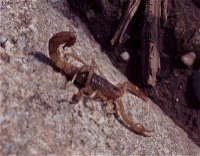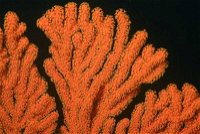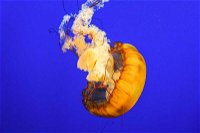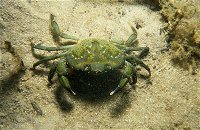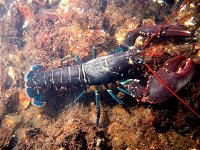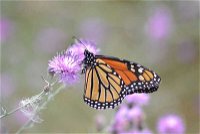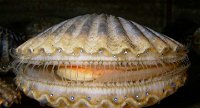
Spineless Critters Trivia Quiz
Invertebrates
Being spineless is the definition of the invertebrates shown here - although some of them can exhibit quite a bit of courage and/or aggression. Can you match each picture to the name of the animal shown?
by looney_tunes.
Estimated time: 3 mins.

